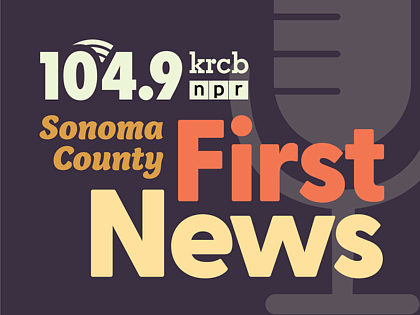West Los Angeles College, for instance, had a 5.4% transfer rate in 2015, among the lowest in the state. But by 2021, it was up to 12.3%, well above the statewide average.
“The fact that it’s improved is something we’re proud of, but it’s still not where we want to get to,” said Jeff Archibald, vice president of academic affairs for West Los Angeles College.
‘Swirl,’ prisons, and ‘transfer-oriented culture’ set schools on different paths
Unlike four-year institutions, which are often singularly focused on bachelor’s degrees for young adults, community colleges offer a range of educational opportunities depending on the demographics in the surrounding towns or cities, which can make it hard to compare one community college to another.
Located in Blythe, a rural town near the Arizona border, Palo Verde College has consistently had the lowest transfer rate of any community college. In 2021, just 1.1% of Palo Verde College students who indicated they wanted to transfer succeeded in doing so — butroughly half of the college’s students are in prison. Other rural colleges with low transfer rates, including Lassen College and Feather River College, also enroll a high percentage of incarcerated students relative to other schools.
Rural areas also come with different job opportunities, especially compared to the state’s highly educated coastal cities, Cooper said.
“Do the jobs where you’re located require a bachelor’s degree?” she said. “Because if they don’t, you’re probably not going to have a lot of transfer.”
In dense urban areas like Los Angeles, students tend to take classes at multiple community colleges, creating a “swirl” in the data that can mask some long-term outcomes, Archibald said.
But disparities still persist, even within the same city. Los Angeles Pierce College and Los Angeles Valley College, which are located in the San Fernando Valley, consistently outperform other Los Angeles community colleges.
Pearl said Pierce and Valley College have developed a reputation for preparing students for four-year colleges or universities. He pointed to other Los Angeles community colleges, such as Los Angeles Trade-Technical College, which are geared towards career and technical training.
A 2008Research and Planning Groupreportfound that a “transfer-oriented culture” was a recurring reason why certain community colleges had higher-than-expected transfer rates. The report also said those colleges had close relationships with local high schools and four-year institutions, along with support services for students.
Although the report was done 15 years ago, the transfer rate patterns have persisted. Many of those schools profiled by the Research and Planning Group in 2008, such as Irvine Valley College, continue to outperform their peers today, according to the CalMatters analysis of recent data.
Community colleges in wealthy areas or those with high-performing high schools have higher transfer rates, too. “We know this with almost all educational outcomes, there is an economic or socio-economic driver behind it,” Faglioli said.
Pearl said Los Angeles Pierce and Valley colleges benefit from “high-performing” charter schools nearby, which can boost transfer rates if community college students start school better prepared.
Why transfer still matters
To encourage colleges to meet the system’s goal of increasing transfers to a UC and Cal State, community college officials put forward a new formula that pegged a portion of a community college’s funding to its outcomes. One of those outcomes is the number of people who transfer to a four-year institution.
But Lizette Navarette, interim deputy chancellor of the community college system, said that community colleges with low transfer rates are not getting penalized.
That’s because the new funding formula also takes into account the percentage of low-income students who meet certain benchmarks for success and the number of students who complete career-oriented programs. Navarette said rural colleges and other schools with low transfer rates have the opportunity to make up any potential gaps in state funding.
Lassen College, for example, received nearly $3 million more dollars last year than it would have under the previous funding formula, despite having some of the lowest transfer rates in the system.
However, the greatest impact of low transfer rates is not on the community college but on the student, Cooper said.
“For most people of color, most people who are low-income, community college is their only way into higher ed,” she said. “Even if what they want to pursue requires a bachelor’s degree, not everyone can go straight to a university.”
Four-year colleges and universities are selective and can be expensive, she said. While some community college studentscan earn more with a certificate or an associate degreethan those with a bachelor’s degree, she said those students are the exception, not the norm.
“Everybody wants to bring out Bill Gates,” Cooper said. “He didn’t graduate college….If you can be that, awesome, great, fantastic. But for most people,it’s beneficial for life.”
In the internal letter to the state auditors, former interim Chancellor Gonzales pointed to areas where the community college system has seen significant gains toward its 2017 goals. More students are completing their courses and gaining degrees, for instance.
In general, more students are transferring to a four-year college, according to the CalMatters analysis, which includes upticks in the number of students transferring to a UC or Cal State. But the progress remains less than third of the goal that the chancellor’s office set out to accomplish by 2022.
A spokesperson for the Community College Chancellor’s Office said the system will deliver a new transfer goal “in the coming weeks.”
Data reporter Jeremia Kimelman contributed to the reporting for this story.
Adam Echelman covers California’s community colleges in partnership with Open Campus, a nonprofit newsroom focused on higher education.

 Live Radio
Live Radio




